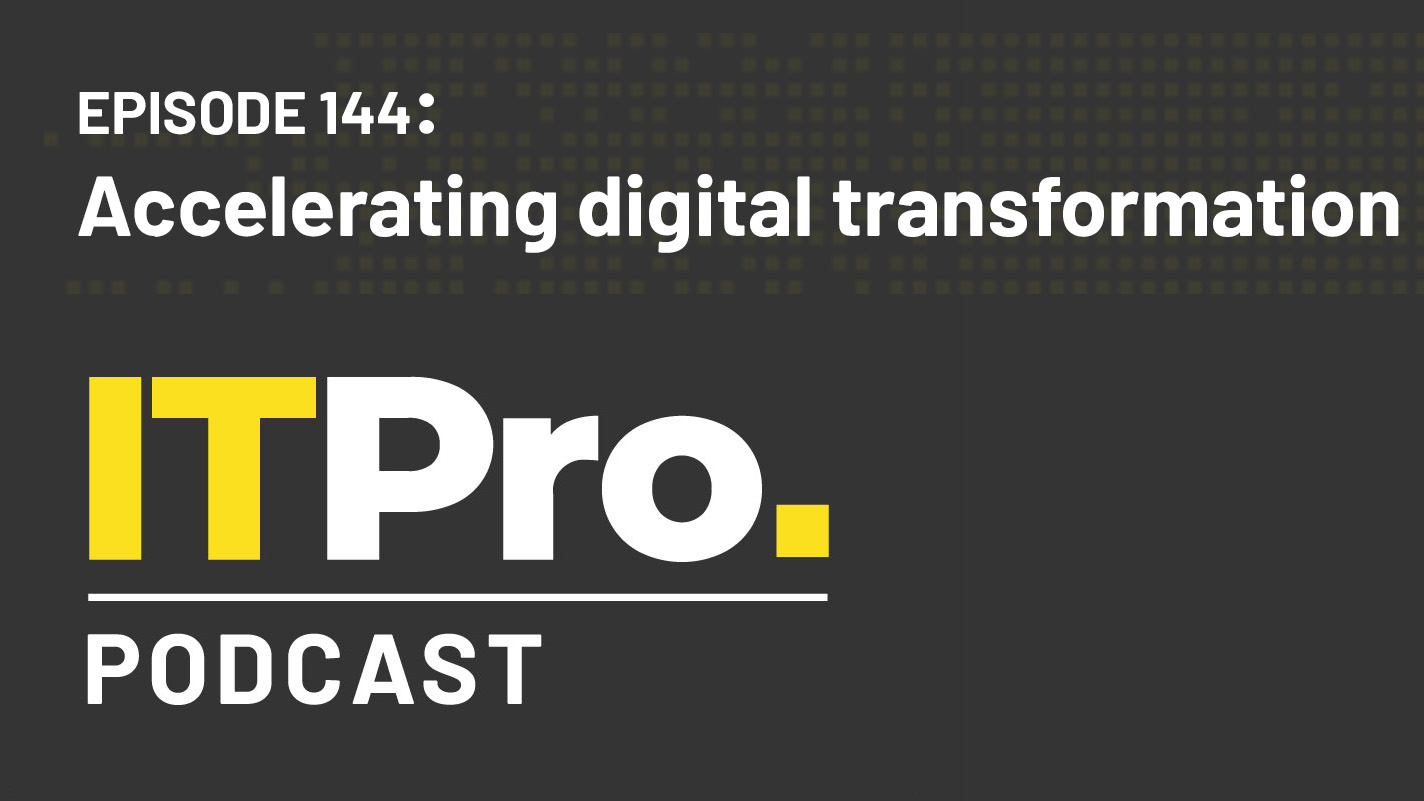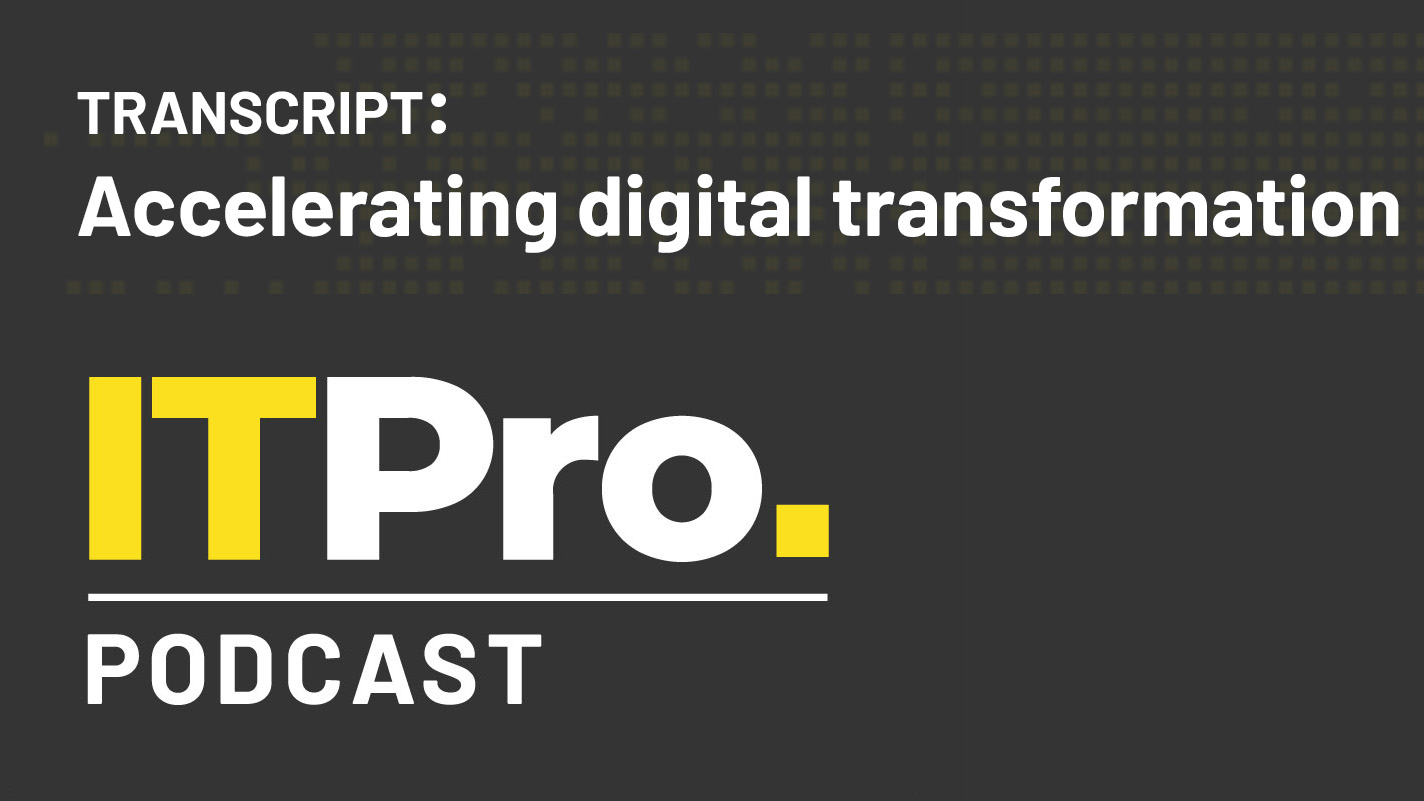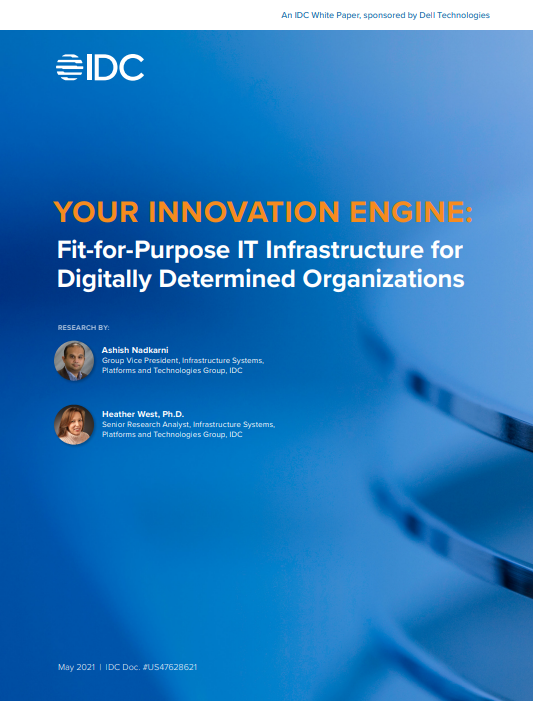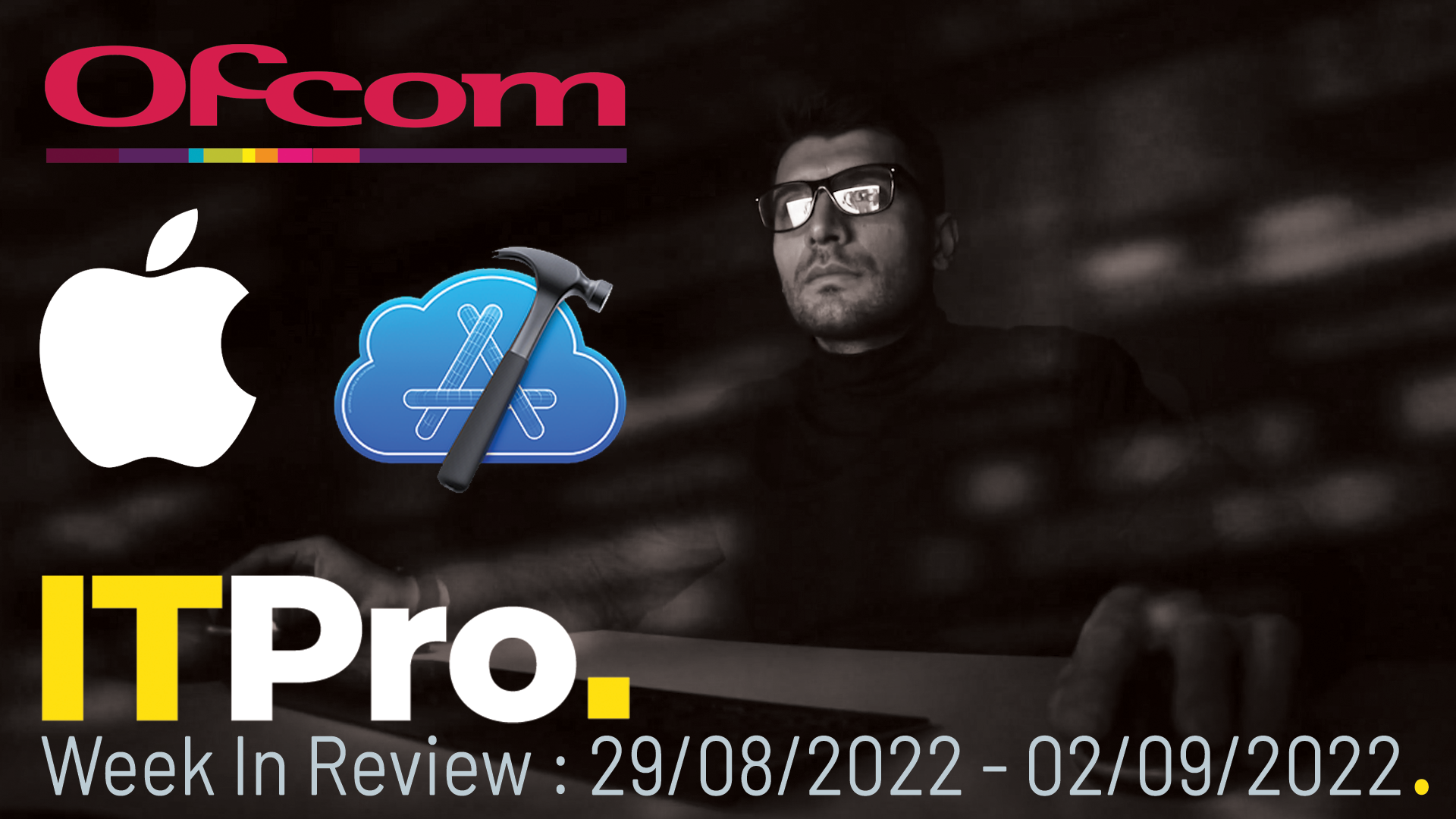The dilemma: Planning ahead
Prioritising what to do next is a difficult balancing act, according to Mark Samuels.


"You've left it too late if you're planning now for 2014," responded a CIO when I asked him recently about his priorities for next year.
I was a bit surprised by his response. Experience suggests the final part of the year always coincides with a gamut of analyst reports and magazine articles that poll CIOs on the next year's spending priorities.
By engaging with the business, and asking executive peers to set their expectations for technology, CIOs move the emphasis on IT leadership from top-down control to democratised governance.
So, I thought it was reasonable to assume the turn towards autumn would coincide witha look forward to the aims and objectives for 2014. But the flurry of editorial predictions in the latter part of each year is, in essence, a coda to already-completed work.
Modern CIOs engage with line-of-business peers months in advance. They generally ask their colleagues to identify business priorities. IT projects are then established that help the business achieve its aims from the available budget.
In short, any CIO worth their salt is thinking way in advance of the next quarter or calendar year. The CIO I spoke to suggested IT leaders now need to be thinking about what will be happen in 2015 and even 2016, rather than the next calendar year.
Foresight on spending plans seems an intractable challenge in the information age. Such farsightedness flies in the face of established wisdom about IT strategy, which suggests it is impossible to plan with certainty in an era characterised by consumerisation, choice and change.
But CIOs must grapple with the dual demands of forward planning and constant change. By engaging with the business, and asking executive peers to set their expectations for technology, CIOs move the emphasis on IT leadership from top-down control to democratised governance.
Get the ITPro daily newsletter
Sign up today and you will receive a free copy of our Future Focus 2025 report - the leading guidance on AI, cybersecurity and other IT challenges as per 700+ senior executives
There will always be room for new priorities. In fact, the fast pace of IT change means CIOs must be open to new ideas. By working with the business to lay down laws and objectives, technology chiefs can develop a mechanism to monitor the menace of shadow IT.
CIOs can use such farsighted planning to establish which systems are implemented where and when, rather than discovering after the event that employees have already implemented non-approved apps.
IT leaders simply cannot stand in the way of change. But it's also not in their interests to act as a barrier to transformation. By engaging with peers to plan long-term priorities, CIOs can help the business take a timely approach to technology trends.
Dr Mark Samuels is editor at advisory organisation CIO Connect. He examines the future role of the IT leader each month in his regular column.

Mark Samuels is a freelance writer specializing in business and technology. For the past two decades, he has produced extensive work on subjects such as the adoption of technology by C-suite executives.
At ITPro, Mark has provided long-form content on C-suite strategy, particularly relating to chief information officers (CIOs), as well as digital transformation case studies, and explainers on cloud computing architecture.
Mark has written for publications including Computing, The Guardian, ZDNet, TechRepublic, Times Higher Education, and CIONET.
Before his career in journalism, Mark achieved a BA in geography and MSc in World Space Economy at the University of Birmingham, as well as a PhD in economic geography at the University of Sheffield.
-
 Bigger salaries, more burnout: Is the CISO role in crisis?
Bigger salaries, more burnout: Is the CISO role in crisis?In-depth CISOs are more stressed than ever before – but why is this and what can be done?
By Kate O'Flaherty Published
-
 Cheap cyber crime kits can be bought on the dark web for less than $25
Cheap cyber crime kits can be bought on the dark web for less than $25News Research from NordVPN shows phishing kits are now widely available on the dark web and via messaging apps like Telegram, and are often selling for less than $25.
By Emma Woollacott Published
-
 Protecting CIOs' IT budgets is "paramount" in maintaining business growth
Protecting CIOs' IT budgets is "paramount" in maintaining business growthNews If CIOs are forced to make emergency budget cuts, they should also explain the risks to high level stakeholders so the responsibility is shared
By Zach Marzouk Published
-
 The IT Pro Podcast: Accelerating digital transformation
The IT Pro Podcast: Accelerating digital transformationIT Pro Podcast Implementation is just as important as the value of change
By IT Pro Published
-
 Podcast transcript: Accelerating digital transformation
Podcast transcript: Accelerating digital transformationIT Pro Podcast Read the full transcript for this episode of the IT Pro Podcast
By IT Pro Published
-
 Fit-for-purpose IT infrastructure for digitally determined organisations
Fit-for-purpose IT infrastructure for digitally determined organisationsWhitepaper Your innovation engine: Guiding organisations through change in the new digital economy
By ITPro Published
-
 IT Pro News in Review: CIOs face a challenge, Ofcom's telecom fines, Apple expands Xcode
IT Pro News in Review: CIOs face a challenge, Ofcom's telecom fines, Apple expands XcodeVideo Catch up on the biggest headlines of the week in just two minutes
By IT Pro Published
-
 CIO role has 'drastically changed' over last 24 months, says Lenovo
CIO role has 'drastically changed' over last 24 months, says LenovoNews Globally survey suggests chief information officers have greater influence over their company now the role has expanded beyond technology
By Bobby Hellard Published
-
 How can CIOs help to close the tech skills gap?
How can CIOs help to close the tech skills gap?In-depth The most well-equipped IT leaders can take a number of practical steps to close the divide within their organisations
By Rene Millman Published
-
 What is a virtual CIO (vCIO) and does your business need one?
What is a virtual CIO (vCIO) and does your business need one?In-depth With tech skills in short supply, organisations are turning to temporary expertise to see through critical digital transformation projects
By Mark Samuels Published